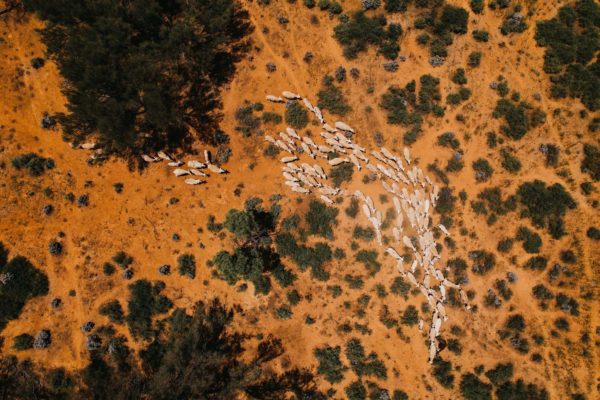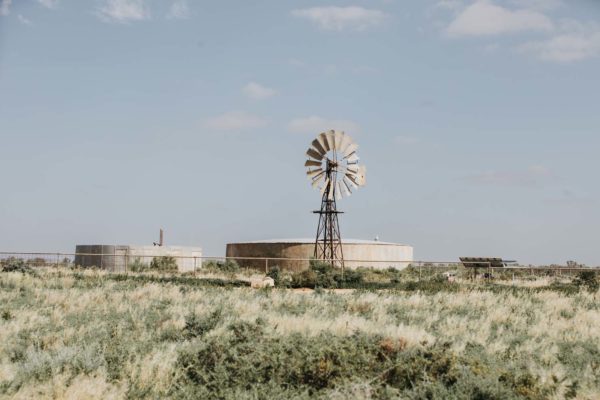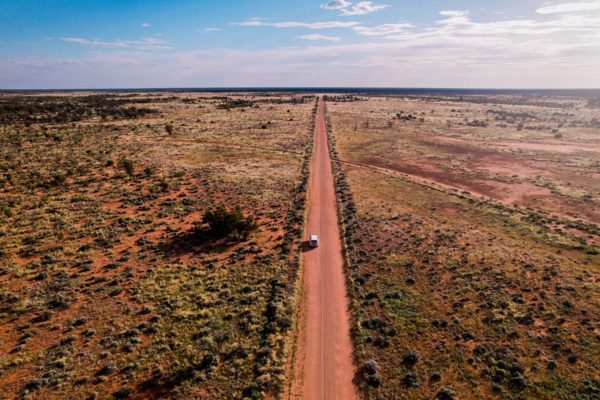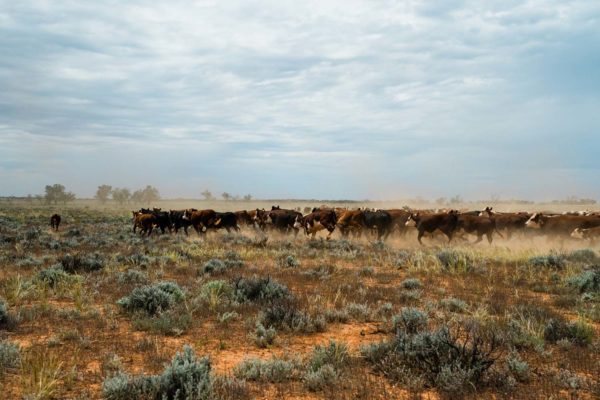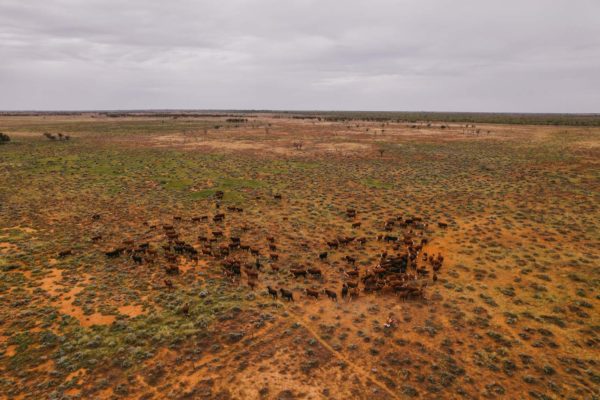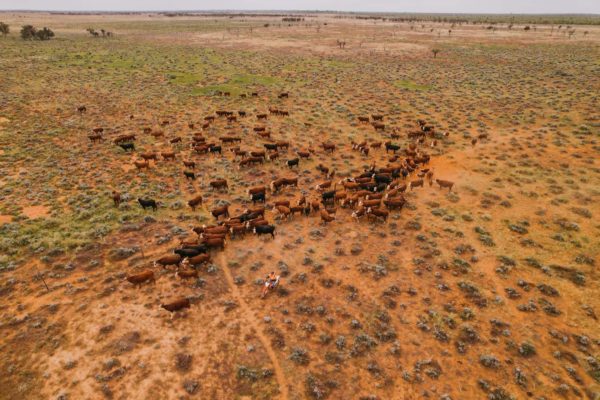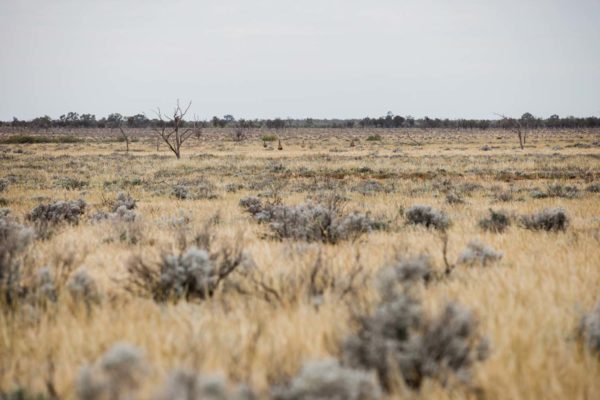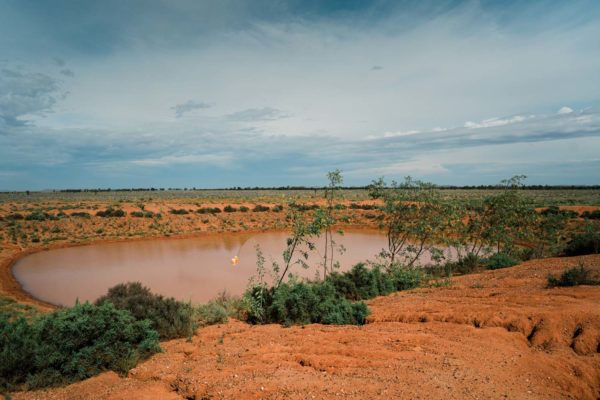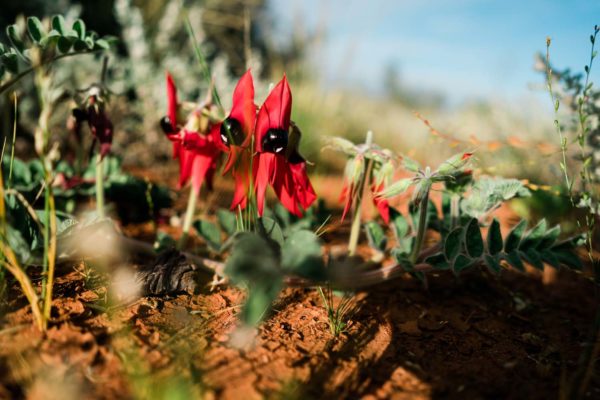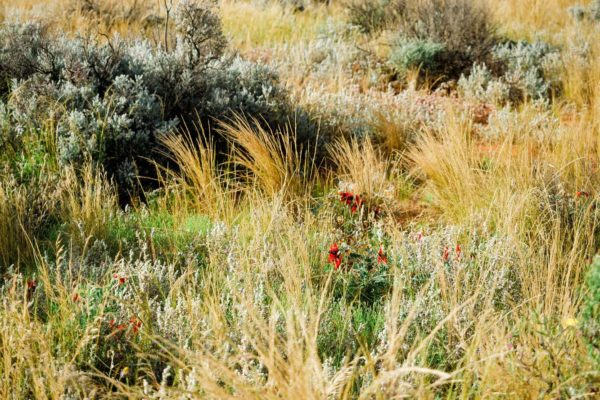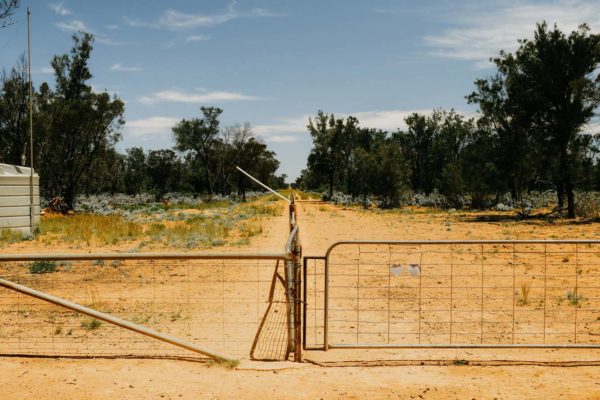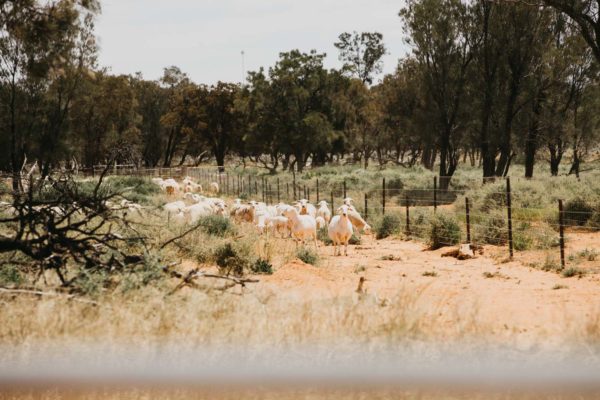Project Information
South Australian Conservation Alliance Site #5
Human Induced Regeneration
Sturt Vale Station is located in the beautiful north-eastern pastoral district of South Australia. Covering some 137,255 hectares, Sturt Vale comprises five separate properties: Sturt Vale, Wyndale, Alexandrina, Fordes Lagoon, and Aldermans. The properties are owned and run by Sturt Vale Pastoral, third generation pastoralists who manage sheep, goats and cattle at the station.
Sturt Vale measures an average annual rainfall of only 208mm, making water one of the most precious and vital resources in the area. With a keen interest in developing a robust business while improving the land and preserving its resources, Sturt Vale Pastoral committed to a carbon project in 2021.
As a result of the carbon project, Sturt Vale Pastoral has been able to make infrastructure improvements and adopt rotational grazing practices at the station. They have installed 200 km of fencing to manage total grazing pressure, as well as 15 dam yards/goat traps and 40 km of piping for new water points. The group has been able to source materials from local suppliers as well as employ people from the local community. The landholders also have a long-term station manager, a station hand and various contractors for fencing and mustering.
While the carbon project is still in its infancy, Sturt Vale Pastoral has already seen improvements on the property. New rotational grazing practices coupled with the additional fencing, have already resulted in better vegetation regrowth. The landholders have also observed improvements to soil condition and groundcover, as well as an increase in insect and bird populations.
Sturt Vale Pastoral has plans to completely fence the project area in order to better control total grazing pressure. They also plan to increase water reticulation across the station and upgrade their working yards. Sturt Vale Pastoral is using the carbon project as an opportunity to improve infrastructure and facilitate regrowth and regeneration at the station.
Key Benefits
UN Sustainable
Development Goals

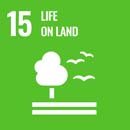
Statistics
Methodology
Carbon Credits (Carbon Farming Initiative) (Human-Induced Regeneration of a Permanent Even-Aged Native Forest – 1.1) Methodology Determination 2013
Registered ID
Date registered
June 2021
Project area
35,461 ha
Location
125km North East of Burra, SA

